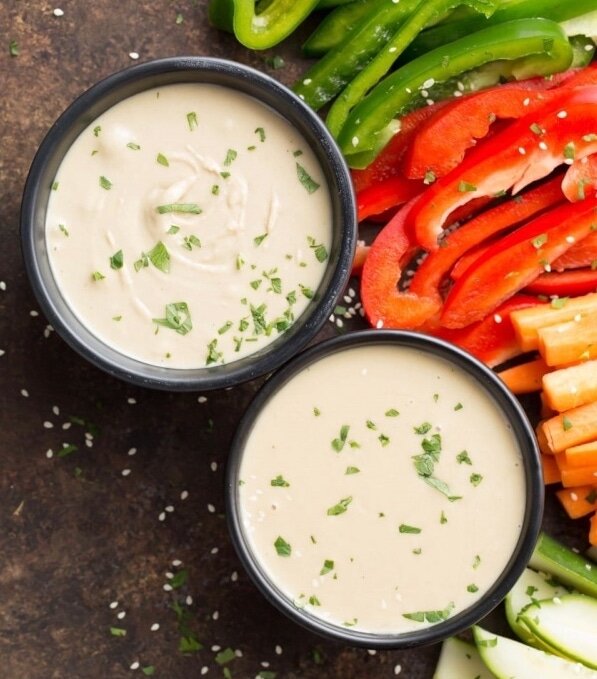Roasted Cauliflower Curry
/The base of this recipe comes from the boys at “The Happy Pear”. Two lovely lads from Ireland, who happen to be identical twins, and who are seriously passionate about all things plant based. I’ve refined it a little for my taste (tasty, light and not too spicy!) and to suit the vegetables that I can easily access in New Zealand. It’s a fantastic recipe when you’re looking for a big hit of veges and wicked flavour.
People with gut health problems often steer clear of curries. I think the key to a happy gut while eating curries is to minimise the chilli so it’s only lightly spiced, avoid rice altogether opting instead to plate your curry on a bed of spinach or other greens, and make sure that your curries are dairy-free. I also avoid all curries with meat, as the spice and the heavy protein can put problem guts into overload.
Check out the boys from The Happy Pear when you’re looking for comfort food recipes that are all plant based. If I’m looking to convert a staunch meat eater into a vegetarian with one meal, The Happy Pear is my go to!
Roasted Cauliflower Curry
Serves 4
Ingredients:
2-4T coconut oil (or other vegetable oil of your choice)
1 shallot or 1/2 white onion
2 cloves garlic
1 red chilli (take out the seeds)
1/2 thumb sized piece of grated ginger
1/2 head of cauliflower
1 carrot grated
1 zucchini grated
1 red capsicum sliced into bite sized pieces
1 cup of green beans chopped into bite sized pieces
200ml of coconut milk
200ml vege stock
1.5 T black mustard seeds
1T ground tumeric powder
1T cumin seeds
1 tsp garam masala
juice of 1/2 lemon
Salt and pepper to taste
Serve on a bed of baby spinach or other raw greens
Directions:
Preheat the oven to 200 degrees C.
Chop the cauliflower into bite sized pieces and place on a baking tray with 2T oil mixed through. Salt generously and oven bake for 15mins.
Chop the shallots or onions, grate the carrot, ginger and zucchini, and slice the capsicum and chilli.
Heat a large non-stick frypan and firstly temper the dry spices for 2-3mins, by placing them in the dry hot pan and stirring them. Add 1-2 T of oil (coconut or other vegetable oil of your choice) and the shallots/onions, garlic, ginger and chilli. Stir fry this combo in the spices for 3-4mins.
Add the cauliflower to this mix, once it has finished baking in the oven. Coat the cauliflower well with the spice mix. Next add the grated carrot and courgette.
Add the coconut milk and the vege stock. Bring to the boil, and then reduce to a simmer for approximately 20 mins.
Take the curry off the heat and add the green beans. Mix then evenly through the curry and allow to sit for 5 mins.
Add the lemon juice at the very end and season to taste.
Plate in bowls on a bed of baby spinach.




















